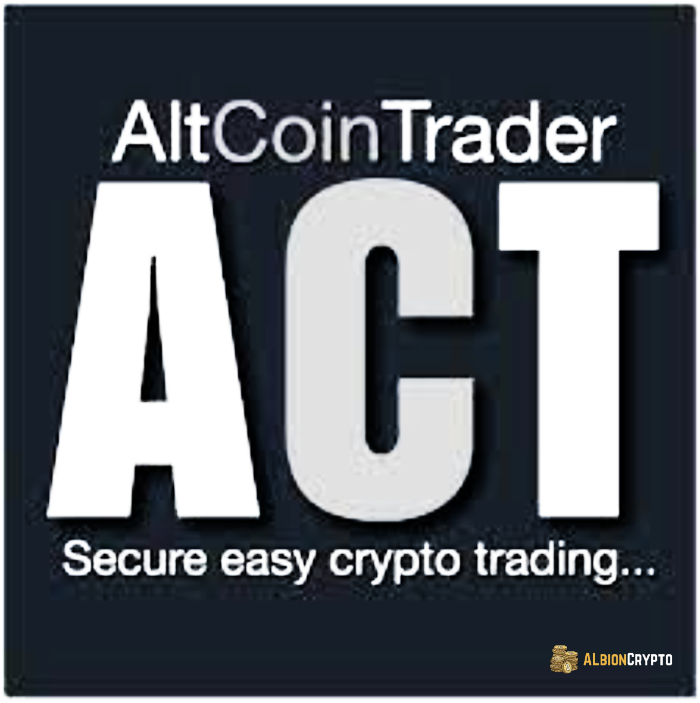Altcoin trading has rapidly become one of the most exciting aspects of the cryptocurrency world. With thousands of altcoins available, each offering unique features and growth potential, traders are increasingly looking beyond Bitcoin to diversify their portfolios and capitalize on emerging opportunities. But altcoin trading is no walk in the park—it requires knowledge, strategy, and patience. In this blog, we’ll break down the essentials of altcoin trading, from key strategies to technical analysis and tips for navigating the right platforms.
What is Altcoin Trading?
Altcoin trading refers to the buying and selling of alternative cryptocurrencies to Bitcoin. “Altcoin” simply means any coin that’s not Bitcoin, and there are thousands of them—ranging from Ethereum, Litecoin, and Ripple to newer, lesser-known projects like Solana or Avalanche. Each altcoin presents its own market behavior, use case, and growth potential, making the altcoin market a treasure trove for traders looking to diversify.
Unlike Bitcoin, which is often viewed as digital gold, altcoins can serve a variety of purposes, such as decentralized finance (DeFi) platforms, supply chain solutions, and even blockchain-based entertainment. This diversity means that altcoin trading strategies are more varied and complex, often requiring a deeper understanding of the coin’s ecosystem and the specific factors driving its value.
Why Trade Altcoins?
While Bitcoin is seen as a store of value, many altcoins aim to solve specific problems or offer unique use cases. This means they often experience higher volatility, leading to greater potential returns—but also more significant risks. For traders, altcoins present opportunities for:
- Higher volatility and returns: Altcoins tend to experience more dramatic price swings compared to Bitcoin, which creates opportunities for short-term trading gains.
- Diversification: Adding altcoins to your portfolio can reduce risk by spreading exposure across different sectors of the cryptocurrency space.
- Innovation: Many altcoins are tied to cutting-edge technology, which means you could be investing in the future of blockchain.
Altcoin Trading Strategies

Now that we’ve covered the “what” and “why” of altcoin trading, let’s delve into altcoin trading strategies that can help you make smarter trades and minimize risk. It’s crucial to approach altcoin trading with a plan, as emotional or impulsive decisions often lead to losses.
1. Buy and Hold Strategy (HODLing)

The buy-and-hold strategy, also known as HODLing, is one of the simplest approaches to trading altcoins. It involves purchasing altcoins and holding them for an extended period, typically to benefit from long-term price appreciation. This strategy works best for traders who have identified an altcoin with strong fundamentals, such as a solid development team, a clear use case, and a growing user base.
Example: Ethereum (ETH) is a classic HODLing candidate. Many traders who purchased ETH during its early stages and held onto it through market volatility have seen substantial returns.
2. Day Trading

Day trading involves buying and selling altcoins within the same day to capitalize on short-term price movements. It requires a deep understanding of altcoin technical analysis, market trends, and indicators like moving averages, RSI (Relative Strength Index), and MACD (Moving Average Convergence Divergence). The key to day trading is identifying patterns and making quick, decisive moves to lock in profits.
Pro tip: Because altcoin markets are highly volatile, day traders must remain vigilant and avoid over-leveraging. Keep your emotions in check and follow your trading plan to avoid falling into traps like FOMO (Fear of Missing Out).
3. Swing Trading

Swing trading falls between HODLing and day trading, where traders hold altcoins for several days or weeks to capitalize on medium-term price fluctuations. Swing traders use technical analysis to spot trends and reversals, buying when prices are low and selling when they rise. Swing trading requires patience, as it may take time for the market to move in your favor.
4. Scalping

Scalping is a high-frequency trading strategy that focuses on making small profits from many trades. Traders using this strategy take advantage of tiny price fluctuations, often entering and exiting positions within minutes or even seconds. Scalping is highly demanding and requires lightning-fast decision-making, but for traders who are skilled at technical analysis and market timing, it can be a profitable approach.
5. Automated Trading with Bots

Automated trading platforms and bots are becoming increasingly popular in the altcoin market. These bots use algorithms to execute trades based on pre-set criteria, such as price movements, volume, or other technical indicators. This strategy can be helpful for traders who want to take advantage of market opportunities 24/7 without being glued to their screens.
Expert Insight: “With the high volatility in altcoin trading, automated trading bots allow traders to take advantage of rapid price changes without being emotionally attached to their trades. However, it’s essential to thoroughly backtest your strategies to ensure long-term profitability,” says John Harris, a crypto trading expert.
The Importance of Altcoin Technical Analysis
When it comes to successful altcoin trading, technical analysis is a crucial tool. Technical analysis involves examining historical price charts and trading volumes to predict future market movements. The volatile nature of altcoins makes them ripe for technical analysis, as their price movements often follow identifiable patterns that traders can exploit.
Key Technical Indicators for Altcoin Trading:
- Moving Averages (MA): These smooth out price data to identify trends and reversals over a set period. Moving averages help traders determine whether an altcoin is trending up or down.
- Relative Strength Index (RSI): The RSI measures the speed and change of price movements, helping traders identify overbought or oversold conditions. An RSI above 70 indicates overbought conditions, while below 30 suggests oversold conditions.
- Bollinger Bands: These measure volatility by creating a band around the altcoin’s price movements. When the price hits the upper or lower band, it often signals an upcoming reversal.
- MACD (Moving Average Convergence Divergence): This indicator identifies changes in the strength, direction, momentum, and duration of an altcoin’s price trend.
Choosing the Right Altcoin Trading Platform
The altcoin trading platform you use can significantly impact your trading experience. Not all platforms are created equal, and choosing the right one depends on factors like fees, ease of use, security, and the range of altcoins available for trading. Here are a few things to consider:
1. Security
Look for platforms that offer robust security features such as two-factor authentication (2FA), cold storage for funds, and insurance in case of hacks.
Example: Binance and Kraken are well-known for their high-security standards, offering a range of safety measures to protect traders’ assets.
2. Fees
Trading fees can eat into your profits, especially if you’re a high-frequency trader. Some platforms charge flat fees, while others have a tiered structure based on trading volume.
Example: Coinbase charges relatively high fees, but many users appreciate its beginner-friendly interface. For advanced traders, Binance offers a more cost-effective solution with lower fees.
3. Liquidity
A platform with high liquidity ensures that you can enter and exit trades without significant price slippage. Platforms with higher liquidity will also have more available buyers and sellers for a wider range of altcoins.
4. User Experience
For beginners, ease of use is essential. Platforms with intuitive interfaces and helpful educational resources can make the learning curve less steep.
Altcoin Trading Tips for Success
Here are some essential altcoin trading tips that can make a significant difference in your trading journey:
1. Diversify Your Portfolio
Don’t put all your eggs in one basket. Spreading your investments across several altcoins reduces risk and increases the chances of capitalizing on emerging trends.
2. Stay Informed
The cryptocurrency market is driven by news and developments, so staying informed about industry trends and updates is crucial. Follow reputable sources and keep an eye on regulatory changes that could impact the market.
3. Set Stop-Losses
Stop-loss orders automatically sell an asset when it reaches a certain price, limiting your losses if the market moves against you. Setting stop-losses can help prevent significant losses during market volatility.
4. Avoid Emotional Trading
It’s easy to get caught up in the excitement of the altcoin market, but emotional trading often leads to poor decisions. Stick to your trading plan, and don’t let greed or fear dictate your actions.
Final Thoughts: Is Altcoin Trading Right for You?
Altcoin trading offers tremendous opportunities for those willing to put in the time and effort to master the market. Whether you’re a long-term investor or a day trader, having a solid strategy and understanding technical analysis is essential. And with so many altcoins and platforms to choose from, the possibilities are endless.
While the risks are high, so are the potential rewards. By diversifying your portfolio, staying informed, and practicing disciplined trading strategies, you can position yourself to succeed in the fast-paced world of altcoin trading. Just remember, knowledge and patience are your greatest allies in this volatile but thrilling market.
Happy trading!



